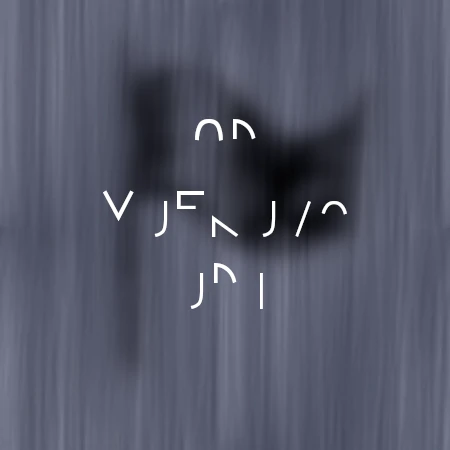Kiv Raopeguri
A city which grew around the harvest and processing of Leokolin Silk.
Industry & Trade
The city's main industry was the cultivation of lemidrao butterflies and the processing of their caterpillars' silk.
Lemidrao Farming
Large areas of the neighboring forest served as feeding grounds for the lemidrao caterpillars. Herders protected them from predators, monitored them for signs of diseases and moved the flocks around so that the plants could recover. Each metamorphosis season, the most promising caterpillars were selected for breeding the next generation, while the cocoons of the others were carefully harvested for silk processing.Silk Processing
The city contained numerous factories for processing the raw cocoons into the elegant silk fabric for which the region was famous. Small businesses close to the farms specialized in unraveling and combing the fibers, while others focused in spinning them into thicker threads. The city's industrial district was home to many large weaving halls. Finally, more artisanal businesses took care of dyeing, painting or printing the raw silk fabric.Lemidrao Meat
One major side product of the silk harvest were the lemidrao caterpillars which were killed in the process. Those were sold to the city's butcheries where the meat and organs were cut and sorted. These raw ingredients were then used to make various types of food, such as sausages, meat balls, pies or stews.Import and Export
The city used to import large quantities of organic and mineral dyes, often from outside Mustik Hamesi. In turn, the silk was exported to every major city near the western seas where people paid high prices for the elegant fabric. The food made from the caterpillars was mainly sold to the city's own population, although a few types of smoked sausages were traded all around the Zugnur Sea.History
The earliest mention of that settlement dates back to 502 NZR, to a farming village named Ildienlarao. In 416 NZR said village had grown into a large town which prospered on the production and trade of Leokolin silk. At this point the settlement was officially renamed to Kiv Raopeguri which roughly translates as "the town of silk wealth".
Kiv Raopeguri continued to play an important role in the economy of northern Leokolriz until far into the Final War. The city was eventually destroyed during a Ran-E-Zu air raid in 1 NZR.
The Rilsu later built a new settlement on its ruins which is nowadays known as Zakropi, a precinct in the north of Central Tundu-Iv.
Natural Resources
The lemidrao were a native species in the lush forest to the west of the city. According to the information that was preserved on the Guardian of Identity, most lemidrao breeds in north-eastern Leokolriz were descended from wild butterflies in this area. This is in line with the fact that Kiv Raopeguri was the oldest documented settlement to produce Leokolin silk.
RUINED SETTLEMENT
1 NZR




Comments
Author's Notes
Here's the settlement to go with the Leokolin silk article. What do you think about it? Anything else you would like to know?